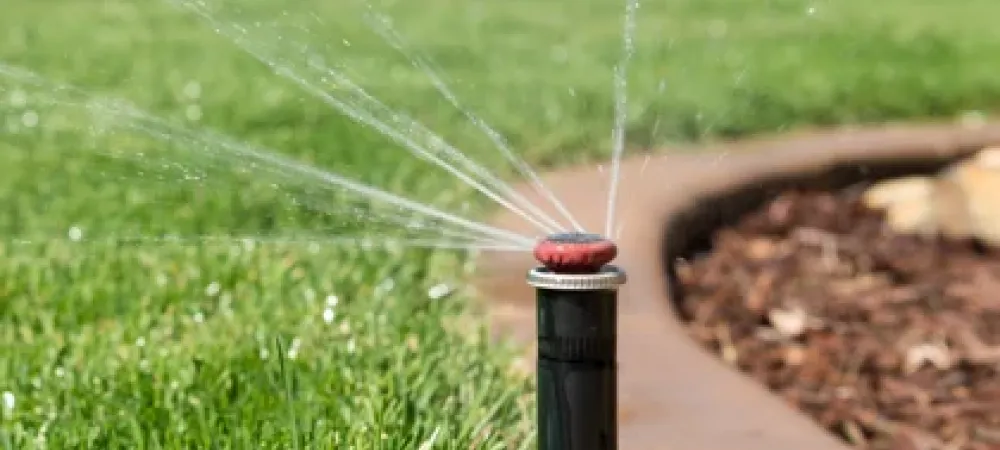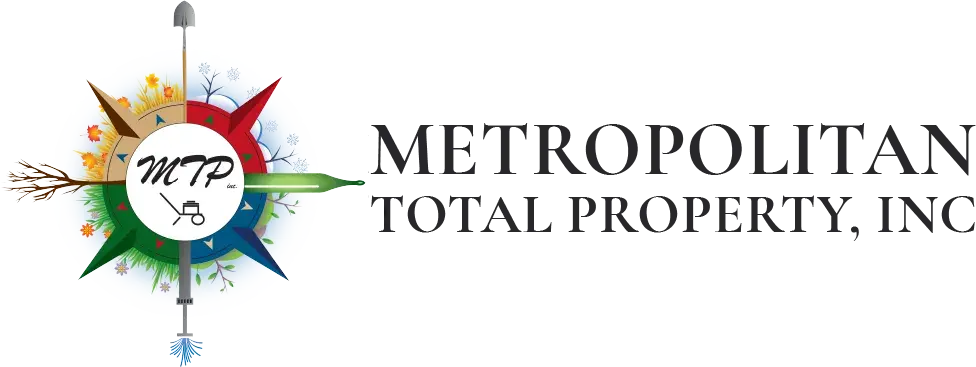Spring Lawn Care Tips for Centennial Residents

As the snow melts and the temperatures start to rise, it's time to start thinking about caring for your lawn this spring. Centennial residents know that maintaining a lush, green lawn can be a challenge with Colorado's unpredictable weather patterns. However, with the right care and attention, you can have a beautiful yard that will be the envy of your neighborhood. In this article, we will share some essential tips for spring lawn care in Centennial.
Clean and Clear the Area
Cleaning and clearing the area before undertaking lawn care is essential to ensure that your lawn remains healthy and thriving. Follow these steps to effectively clean and clear the area:
- Remove debris: Begin by removing any debris, such as sticks, stones, or other items that may obstruct the lawn care process. Clearing the area of debris will provide a clean surface to work with.
- Tackle leaves: Rake up fallen leaves and dispose of them properly. Leaves left on the ground can inhibit sunlight from reaching the grass, leading to a lack of necessary nutrients and potential mold or disease growth.
- Trim and remove branches: Trim any overhanging branches from nearby trees that may be shading the lawn or obstructing the growth of the grass. Cut and remove any broken or dead branches as they can also contribute to mold or disease.
- Prevent mold and disease: Mold and disease can spread rapidly, damaging the health of your lawn. To prevent this, ensure proper air circulation by clearing the area of any obstructions like fallen leaves or excessive thatch.
By following these steps and incorporating regular cleaning and clearing practices into your lawn care routine, you can maximize the health and appearance of your lawn while preventing common issues such as mold, disease, and weed infestations.
Lawn Aeration
Lawn aeration is a crucial maintenance practice in Colorado to ensure healthy and vibrant lawns. It involves creating small holes or "cores" in the soil to allow for better air circulation and promote proper nutrient and water absorption by the grass roots.
The best time to aerate lawns is typically in the spring or fall when the soil is moist and the grass is actively growing. This timing allows the grass to recover quickly from the aeration process and take full advantage of the improved conditions.
When aerating a lawn, it is important to use the right equipment. Two common types of aerators are core aerators and spike aerators. Core aerators remove small plugs of soil, creating space for air, water, and nutrients to penetrate the root zone. Spike aerators, on the other hand, simply puncture the soil without removing any cores.
The benefits of aerating are numerous. First, it helps alleviate soil compaction, which can be a common problem in the Colorado Front Range due to heavy foot traffic and clay soils. By relieving compaction, the grass roots are able to spread and grow more effectively.
Aeration also improves the flow of air, water, and nutrients to the roots, promoting healthier root growth. This, in turn, leads to a denser and more resilient lawn that is better able to withstand environmental stressors such as drought and excessive heat.
Fertilization
Fertilization is a crucial process when it comes to promoting a healthy growth of your lawn. It provides the necessary nutrients to the soil for fostering a lush green lawn. In order to achieve optimal results, it is essential to select the right type of fertilizer that caters to the specific needs of your grass.
The process of fertilization involves spreading the fertilizer across the lawn evenly, following the recommended application rate. It is important to avoid over-fertilizing as it can result in burning the grass or causing excessive growth that may lead to weakened plants. Regular fertilization, preferably during the growing season, will help to provide a continuous supply of nutrients to the soil, thus fostering a healthier and more vibrant lawn.
Fertilizer is best applied in the early spring, as this is when the grass begins to actively grow and can benefit the most from the nutrients. Be sure to water your lawn after applying fertilizer to help it absorb into the soil and reach the roots.
Overseeding in the Spring
Overseeding is a process that involves spreading grass seed over an existing lawn to improve its density and fill in any thin or bare areas. It serves the purpose of rejuvenating the turf and promoting a healthier and more attractive lawn.
When overseeding in the spring, it is important to first prepare the lawn by mowing it short and raking away any debris. This will help the new grass seeds make better contact with the soil for optimal germination.
Next, spread the grass seed evenly over the lawn using a broadcast spreader. Be sure to follow the recommended seeding rate for your specific grass type to avoid overcrowding or sparse patches. After seeding, lightly rake the soil to cover the seeds and water the lawn thoroughly.
Overseeding in the spring helps to fill in any bare spots left by winter damage or disease, as well as improve the overall health and appearance of the lawn. It also helps to introduce new grass varieties that may be more resistant to pests, diseases, or environmental stressors.
Water
Water is an essential element for maintaining a healthy lawn. It plays a crucial role in ensuring the overall well-being of your lawn, especially considering that 35% of lawns receive fertilization. Without adequate water, the fertilized nutrients cannot reach the grass roots and will go to waste.
To make the most out of water, it is important to utilize it efficiently and effectively. Regular watering schedules are key to maintaining a healthy lawn. Consistency is key, as irregular watering can lead to shallow root growth and increased vulnerability to drought and disease. By setting up a regular watering routine, your lawn will develop deep root systems, ensuring its resilience and health.
Efficient irrigation methods are also crucial in effective water management. Using tools such as sprinkler systems or drip irrigation can help deliver water to your lawn in a controlled and targeted manner, reducing water waste. These methods ensure that water reaches the roots, instead of being lost to evaporation or runoff.
Pre-Emergent Weed Control
Pre-emergent weed control is an essential step in maintaining a healthy and weed-free lawn. By applying pre-emergent weed killers before the grass starts growing and weeds become established, you can effectively prevent weed growth and promote the growth of lush green grass. Here are the steps for implementing pre-emergent weed control on your lawn:
- Timing: The crucial step in pre-emergent weed control is timing. Apply the weed killer before the grass starts growing and the weed seeds begin to germinate. This typically occurs in early spring or early fall, depending on your region.
- Preparation: Before applying the pre-emergent weed killer, it is important to mow your lawn to a proper height. This ensures that the weed control product reaches the soil and does not get trapped in overgrown grass.
- Watering: After mowing, thoroughly water your lawn to moisten the soil. This can help the pre-emergent weed killer penetrate the soil and provide better control.
- Application: Follow the instructions on the pre-emergent weed control product carefully. Use a spreader to evenly distribute the weed killer across your lawn. Avoid overlapping or missing any areas.
- Incorporation: Once you have applied the weed killer, gently rake or water the lawn to incorporate the product into the top layer of soil. This helps to activate the weed control and prevent weed germination.
Applying pre-emergent weed killers before grass growth is crucial as it creates a barrier in the soil, preventing weed seeds from germinating and establishing themselves. By controlling weed growth before it becomes a problem, you can ensure that your lawn remains healthy and free from unsightly weeds. Additionally, pre-emergent weed control reduces the need for excessive herbicide applications, saving both time and money. A proactive approach to weed control through pre-emergent treatments can lead to a more beautiful and lower-maintenance lawn.
Metropolitan Total Property Lawn Care in Centennial, CO
Metropolitan Total Property Lawn Care in Centennial, CO, is a professional lawn care service that can help residents maintain a healthy and beautiful lawn throughout the spring season. Our team of experienced professionals can provide a range of services, including regular lawn care services, lawn maintenance methods, and pre-emergent weed control. Contact us today!
